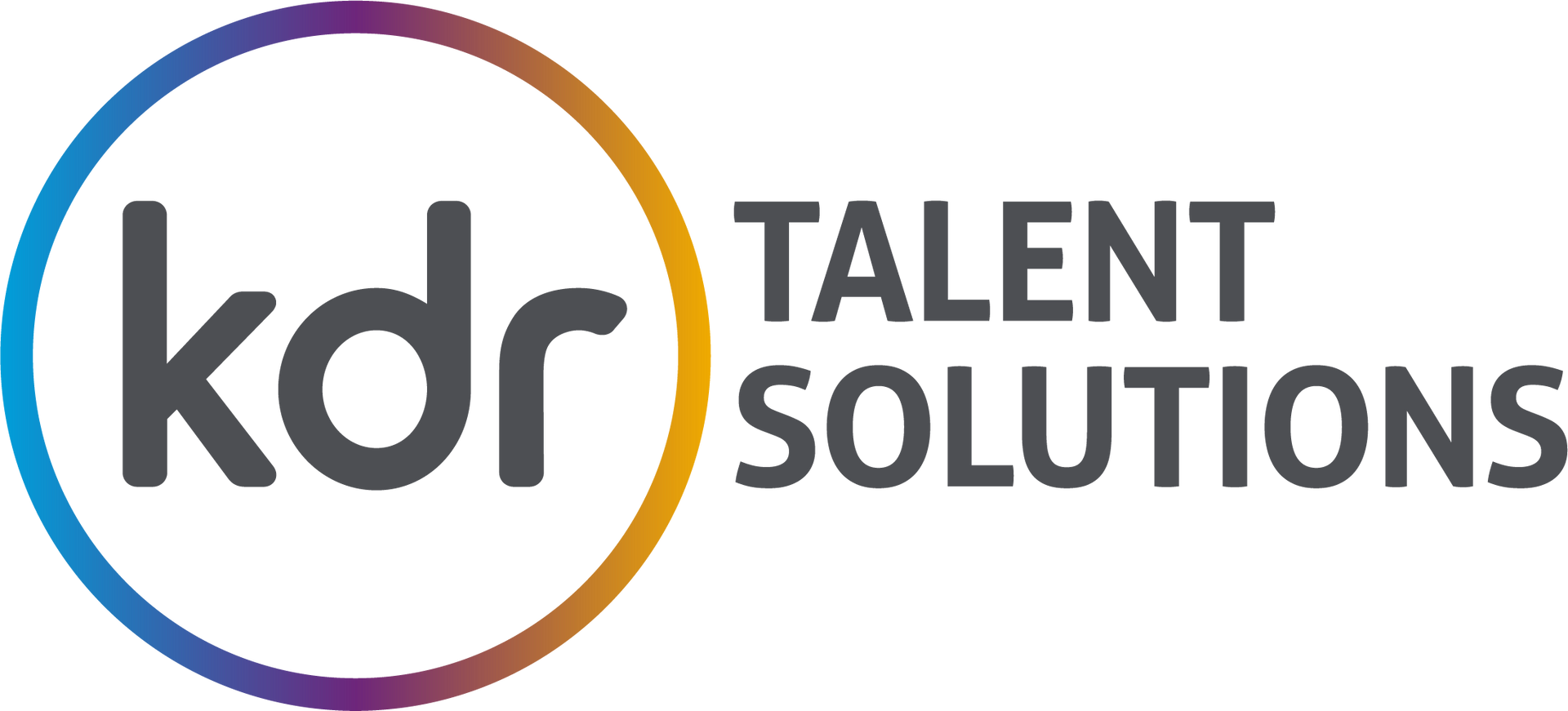DATA VISUALISATION JOB DESCRIPTION
Search our latest jobs
Latest Jobs in Data Visualisation
Data Visualisation FAQ's
-
What does a Data Visualisation Professional do?
As a Data Visualisation Professional, you play a crucial role in transforming complex data into meaningful and insightful information. Your primary duty is to create visual representations of data that make it easier for people to understand and interpret large amounts of information.
You are responsible for taking raw data from various sources and presenting it in a way that is aesthetically pleasing, easy to understand and helps to uncover trends and patterns. You will usually be solving particular business problems and sharing information that will improve business outcomes. You use your creativity and expertise to find the most effective ways to communicate data whether it's through interactive dashboards or dynamic infographics.
One of the key responsibilities of a Data Visualisation Professional is to work closely with clients or stakeholders to understand their needs and goals. You need to listen carefully to their requirements and use your technical knowledge to find the right data sources and then create visualisations that meet their needs. You also need to be able to explain the data concisely, so that others can understand it, even if they don't have a background in data analysis.
As a Data Visualisation Professional, you are also responsible for staying up to date with the latest tools, computer science and technologies in the field. This means keeping abreast of new software and programming languages that can help you create more effective and engaging visualisations.
In addition, you need to be able to work collaboratively with other professionals, such as data scientists, statisticians, analytics teams and marketing specialists. You need to be able to communicate effectively with people from different backgrounds and work with them to achieve a common goal.
You need to be meticulous in your approach, to ensure that the information you present is accurate and trustworthy.
As a Data Visualisation Professional, you play a vital role in helping organisations make data-driven decisions. With your expertise, creativity and passion for data, you can bring insights to life and help people understand the story behind the numbers.
-
What skills should a Data Visualisation Professional have?
Are you considering a career in this profession? If so, you'll need to have an array of qualifications including maths, technical and creative skills, along with an insatiable appetite for data and storytelling. Here are some of the top skills and platforms you'll need to master to succeed in this exciting and fast-paced field:
First and foremost, you'll need to be proficient in data visualisation software such as Tableau, PowerBI, QlikView, D3.js, or similar platforms. It's essential to feel comfortable working with different types of data sources, including databases, spreadsheets and APIs.
A good understanding of data analysis techniques is also crucial. You'll need to be able to extract insights from raw data sets and have a solid grasp of data cleaning and preprocessing techniques, not forgetting statistics and machine learning algorithms.
You'll need to have an eye for graphic design and be able to create visually appealing and effective data visualisations. This means being familiar with design principles such as colour theory, typography and layout and using them to create visualisations that are both aesthetically pleasing and easy to understand.
Programming languages such as Python, R, or JavaScript are also essential tools of the trade. You'll need to use them to manipulate data and create custom visualisations.
In addition to these technical skills, you'll need to be a great communicator. You should be able to explain complex data concepts to stakeholders in a clear and concise way. You'll also need to be a skilled collaborator, working effectively with other professionals, such as data scientists, statisticians and marketing specialists.
Finally, the field of data visualisation is constantly evolving, so you'll need to be adaptable and willing to learn. Keeping up to date with the latest trends, tools and technologies is essential, as is being able to work on multiple projects simultaneously and adjusting your approach to changing requirements.
By mastering these skills and platforms, you'll be well-prepared to succeed as a Data Visualisation Professional. You'll be able to turn complex data into meaningful insights and help organisations make data-driven decisions. So, if you're passionate about data and have a creative streak, this could be the career path for you.
-
What is a typical career path for a Data Visualisation Professional?
The journey begins as a Junior Data Analyst or Specialist where you'll work on small tasks and gain experience. However, as you increase your knowledge, you can move up to become either an engineer or developer, working on more intricate projects using a broader range of data sources.
But the career progression doesn't stop there. With even more experience under your belt, you can move up to a role as a Lead Data Visualisation Specialist. In this position, you'll be responsible for overseeing teams, guiding and mentoring junior team members and driving innovation in the field. In addition, you'll have the opportunity to shape the direction of projects that have a significant impact on the business.
As you continue to progress in your career, you may become a Manager of Data Visualisation, leading teams of data professionals and working on large-scale projects for high-profile clients. This role offers the chance to make a lasting impact on your organisation's success and deliver world-class solutions.
If you're up for even bigger challenges, you can aspire to become a Director of Data Visualisation or Chief Data Officer, where you'll lead large organisations' big data initiatives and shape the future. These roles offer the opportunity to drive change, influence the company's direction and have a lasting impact on the way data is understood and used.
In short, a career in data visualisation offers a wealth of opportunities for growth and success. The path you take can be shaped by your interests, skills, and experience and there is always room for advancement and development in this dynamic and exciting field.
-
How to get a job as a Data Visualisation Professional?
Landing your first position in this industry requires a combination of technical skills, design talent and a passion for data and storytelling. Here are some steps you can take to get hired in this exciting field:
Invest in developing your technical skills, such as programming, data analysis and data visualisation software. There are many accredited courses online or you could attend workshops and work on personal projects to demonstrate your expertise and build a portfolio of your work.
Assemble a portfolio of your best work, showcasing your skills and demonstrating the impact of your visualisations. Include examples of different types of visualisations, such as charts, maps and dashboards and explain the story behind each one.
A really important piece of advice would be to build a network with other data visualisation professionals. Attend events and conferences related to data visualisation and join online communities such as LinkedIn groups or forums and participate in discussions to share your expertise and learn from others.
Work with a specialist recruiter to help you decide what your motivations for finding a new role are and discover which kinds of companies are hiring as well as what salary to expect. Look for job opportunities online and apply for positions that match your skills and experience. Customise your CV for each position you apply for, highlighting your relevant skills and accomplishments.
When you're called for an interview, be prepared to discuss your skills and experience and to answer questions about data visualisation and data analysis. Make sure you research the company well and understand the latest techniques. Bring along a portfolio of your work to showcase your work and demonstrate your expertise.
Once you've landed your first job, continue to learn and grow your skills and stay up to date with the latest trends and technologies in the field. Always seek out new challenges and look for opportunities to take on more responsibility in order to demonstrate value to your organisation.












